If you're looking to have a warm bowl of chili for the weekend, we're quite sure you've got all the ingredients planned out from meat down to the beans. A lot of people have asked whether beans in chili should be drained or not. In this post, we are diving into the topic of beans and what makes your chili taste better.
Draining beans for chili ultimately comes down to personal preference. Generally, a lot of people prefer to drain their canned beans for chili because they want to remove the excess starch and salt. However, some people like including the liquid because it makes their chili thicker and richer.
We know that the answer is a little conflicting, which is why we are going to elaborate more about this in our post! We will talk about how canned beans can make your dish better, and other substitutes you can use for your chili. Keep reading to know more about how beans can be the star of your chili.

Whether Or Not You Should Drain Beans For Chili
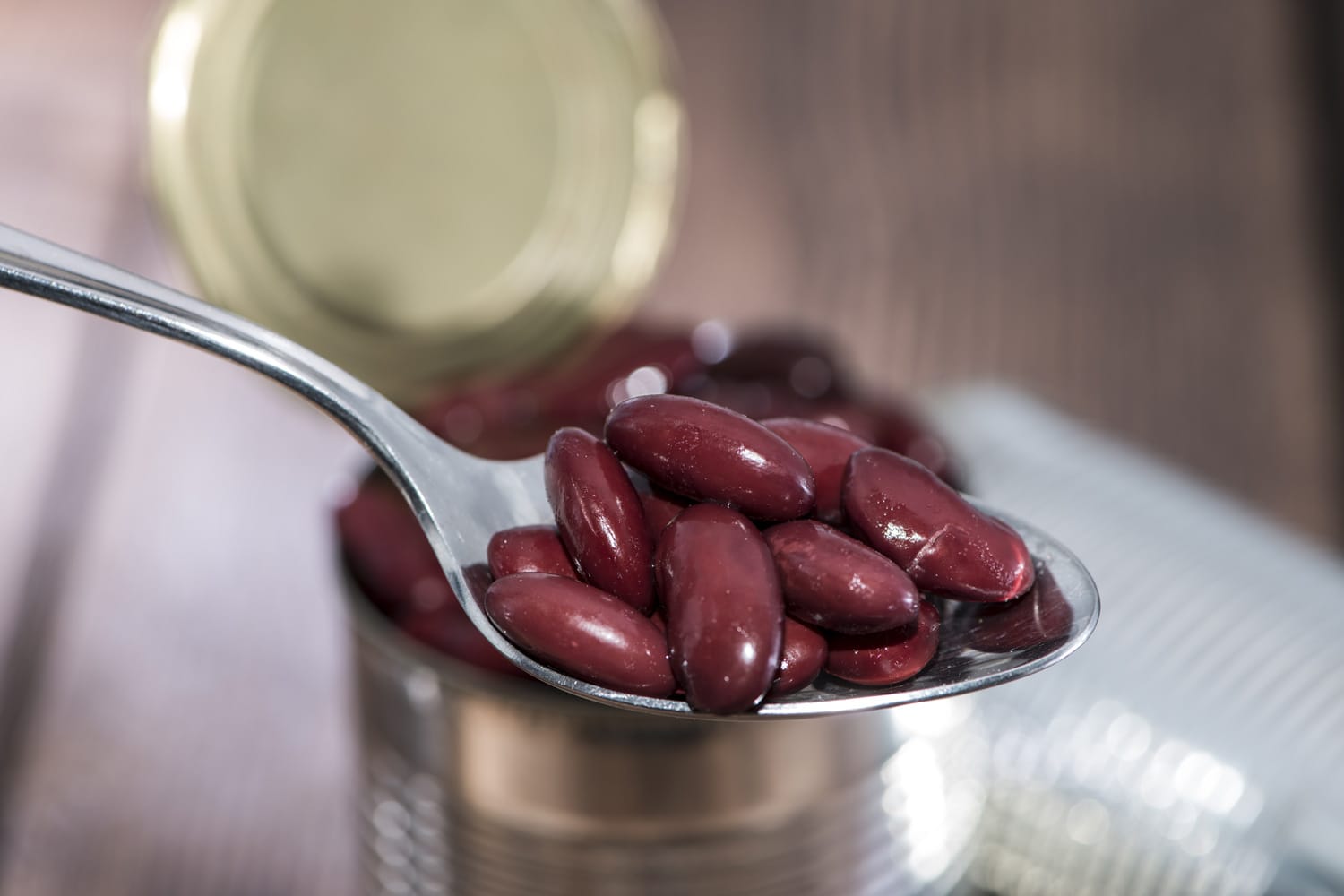
Chili is a spicy stew that is typically a mix of chili peppers, meat, and kidney beans. This dish has different variations and historical beginnings, but ultimately, the dish revolves around a spicy, tomato-based sauce and its meaty flavor. Die-hard Texas chili lovers say that you shouldn't add beans in it, but chili is more popularly known to have legumes in it.
If you're preparing a big pot of chili, you might have asked yourself before if you should drain or leave the liquid in with your canned beans. It can also be confusing because if this is your first time cooking chili, some recipes are very specific about this, some leave it up to you, while others simply state "add beans" in the recipe.
Truthfully, draining your canned beans or adding the liquid to the mix comes down to your personal preference. There is no hard or fast rule on whether or not you drain the beans, because chili is a stew that has a lot of liquid in it. It does, however, change the texture and flavor of your chili.
Draining Your Beans
A lot of people prefer draining their canned beans before using them for chili. This process removes the excess starch and salt that comes from the canned liquid. The beans are also rinsed in water quickly, just to wash off the excess salt that sticks to the skin.
According to a study, draining the beans significantly lowers the sodium content of the beans. If you are looking into limiting your sodium intake, then it is very important that you should drain and rinse your beans before adding them to your chili.
However, some people prefer adding the liquid from their canned beans. They say that the liquid helps thicken the stew, and makes the flavor a lot richer. If you plan on doing this, remember to season your dish after adding the beans and liquid because the liquid tends to make the stew a little too salty.
If you plan on adding the canning liquid to your chili, it is highly suggested that you look for canned beans that have no preservatives and very little added salt (or no sodium.) This will make it easier for you to season your chili accordingly, without having to worry about it being too salty from the liquid.
Can You Put Dried Beans Directly Into The Chili?

A lot of recipes for chili typically call for beans that are canned or pre-cooked. But what if you already have dry beans in your pantry, can't you use that? Will it be easier to cook chili if you use the dry beans directly?
Unfortunately, you can't. If you have dry kidney beans in your pantry, you have to rehydrate them by soaking your beans. According to the University of Nebraska-Lincoln Institute of Agriculture and Resources, soaking beans will break down the starches that can upset your stomach.
There are a few ways how you can soak your dry beans. You can either do a hot soak, a quick soak, or an overnight soak. But first, you should find a pot that is big enough to handle the initial volume of your beans as they will most likely triple in size.
Hot Soak
Doing a hot soak for your dry beans helps reduce intestinal gas. It also consistently produces tender beans. Your ratio should be 10 cups of water for every 2 cups of dry beans. Heat and boil for 2-3 minutes. After boiling, remove the pot from the heat and cover for 4 hours until the beans soak up the water.
Quick Soak
This option is great if you have to cook your chili but you forgot to prepare your beans. Boil your beans similarly to the hot soak method but keep the lid on for about an hour. It should help your beans become rehydrated. This will also mean that you might have to cook your chili a little longer because of the beans.
Overnight Soak
If you don't want to go through the hassle of boiling beans, you can do an overnight soak of your dry beans. Simply add the beans to a pot and cover it with 3-4 inches of water. Leave it to soak overnight.
Whatever method of soaking that you do, rinse the beans under fresh, cold water before cooking.
When To Add Canned Beans To Chili
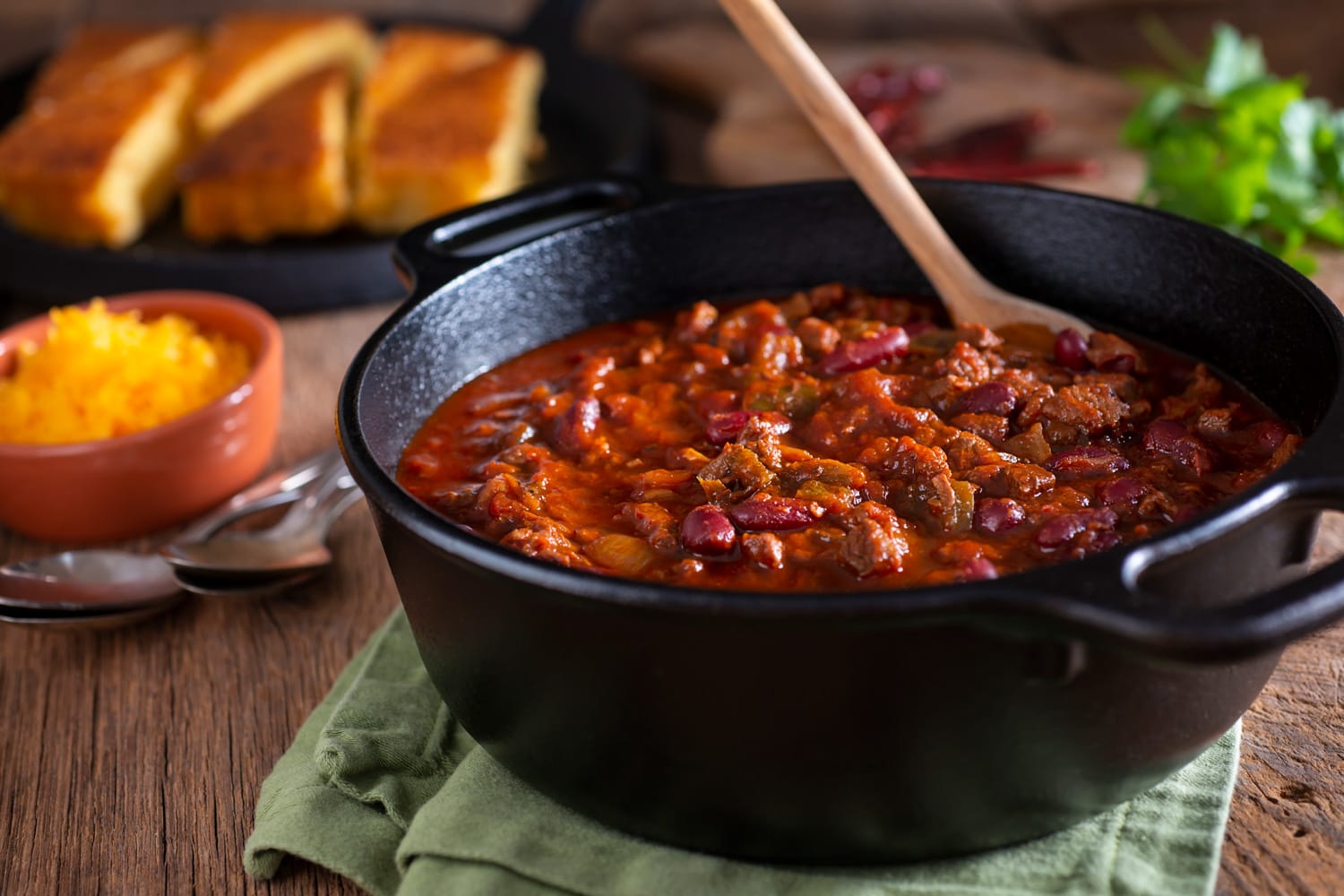
Depending on the kind of beans that you use for your chili, there are optimum times when to add them when cooking. This is to ensure that your beans will not completely become mush after cooking, and they shouldn't be undercooked either.
If you are using canned beans for your chili, it is best to add the beans to the last part of your cooking time. This is because canned beans are already pre cooked and have also been soaked in liquid while in the can. Adding them to the beginning of your cooking time typically causes canned beans to be too mushy and soft.
However, if you started with dry beans, you should add them to the beginning of your cooking. This is to give your beans enough time to cook and become tender, especially if you've only done the quick soak method. It will also allow your beans to absorb flavors from the chili since it is not seasoned, unlike the canned beans.
Best Kind Of Beans For Chili
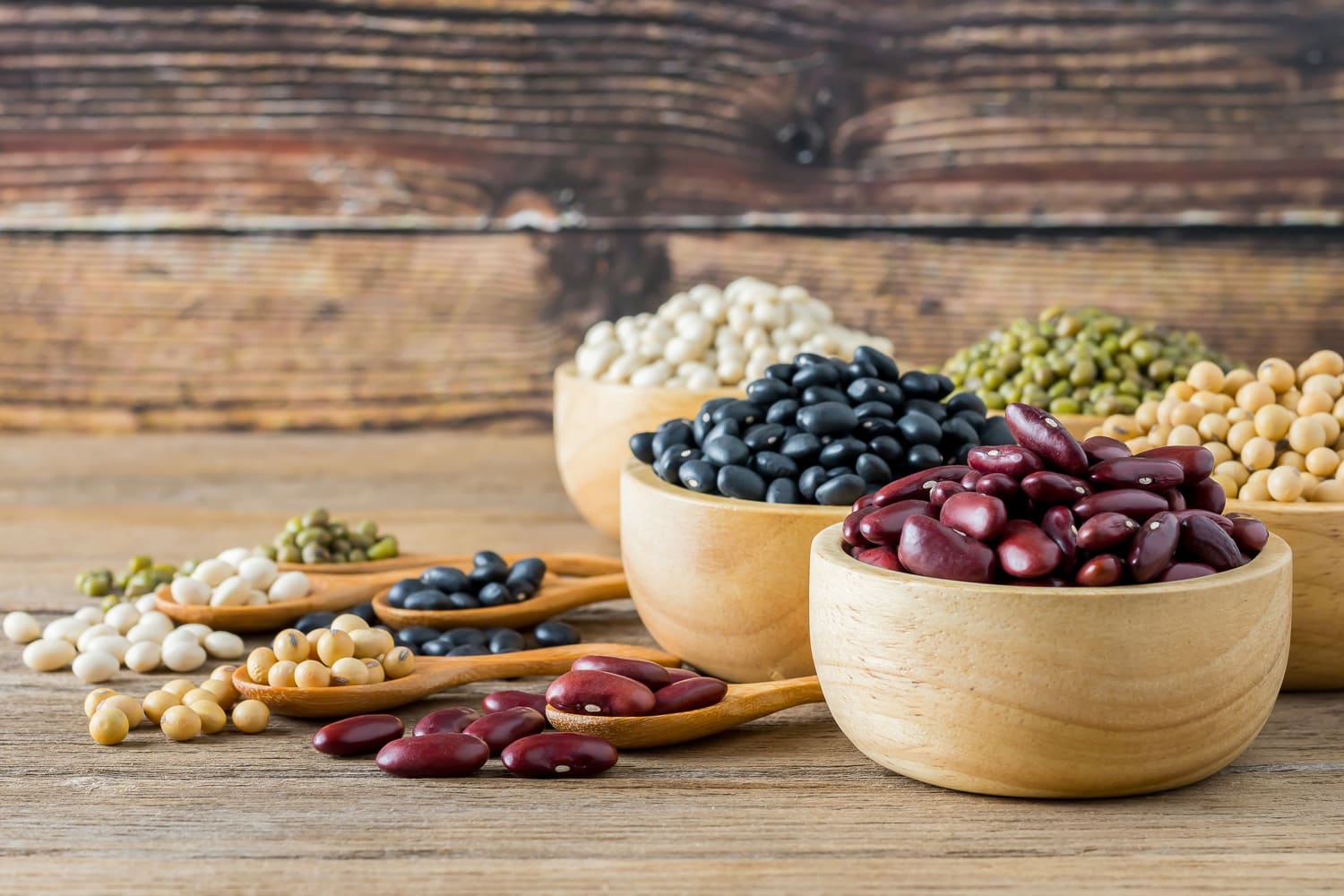
There are a lot of beans available, but not all of them are suitable to use for chili. Some beans might get too mushy for chili, and some might be off-flavored against the flavor of the dish. Here are a few kinds of beans that you can use for your chili:
Kidney Beans
These beans are the most popular kind of beans used for chili. They are large and hearty, and these beans are great at absorbing flavors. These beans also do not get mushy quickly, so it is perfect for long-cooking stews like chili.
Pinto Beans
These beans are a lot smaller than kidney beans and are creamier, making them a great choice for chili especially if you like it thick. They also cook faster after soaking, so if you're planning to cook chili but you don't have much time, pinto beans are great to use.
Cannellini Beans (White Kidney Beans)
These beans have a milder flavor, and they are great if your chili uses chicken instead of beef. They also hold their shape well and help keep the chili thick and rich.
Black Beans
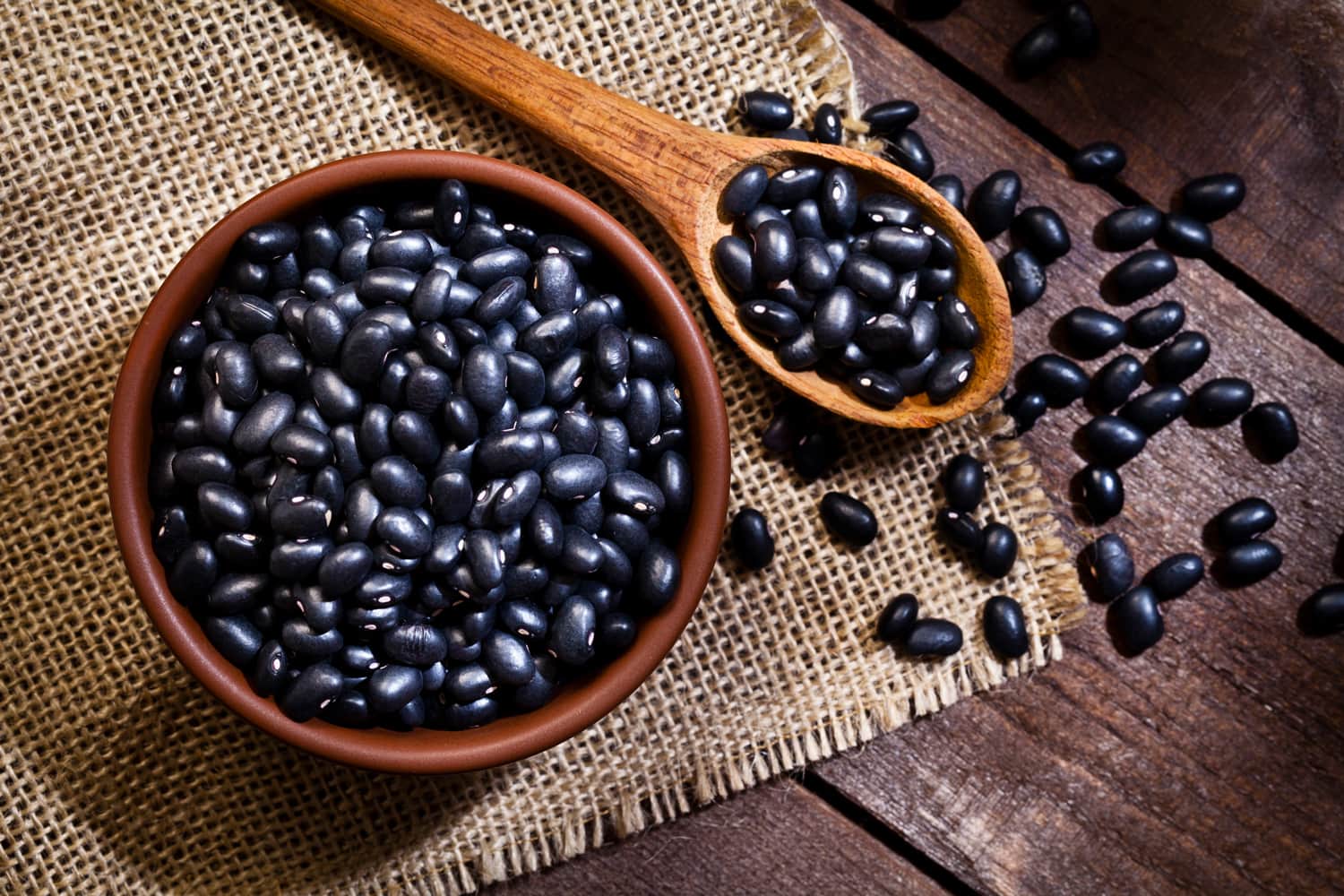
This is popular in vegetarian chilis. Because of their small size, black beans cook faster after soaking compared to larger beans. They are also great additions to vegetarian chilis because of their flavor.
Chickpeas
Chickpeas are commonly used in vegetarian or white meat chilis because it adds a mild flavor, but can absorb all the spices you add to your stew. It also makes the dish heartier and richer, and it's very satisfying for those who want a flavorful chili.
In Closing
There is nothing that tastes better than a flavorful chili. Take some time to look into the beans you can use for your stew and see how they can all have different flavors for your dish. Who knows, this might help you make that ultimate chili recipe that you can bring to your next potluck party!
Are you looking for other ways to cook beans? Here are some articles that might interest you:
What’s The Best Pot For Cooking Beans?
How To Properly Store Refried Beans

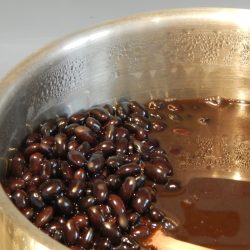

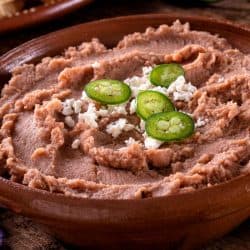

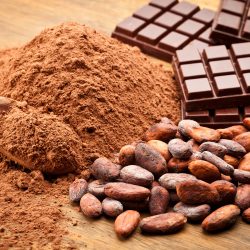
![Fresh of green Asparagus. Cooking healthy meal in pan. Bunches of green asparagus, - How To Cook Canned Asparagus [5 Ways You Will Love!]](https://kitchenseer.com/wp-content/uploads/2022/12/Fresh-of-green-Asparagus.-Cooking-healthy-meal-in-pan.-Bunches-of-green-asparagus-How-To-Cook-Canned-Asparagus-5-Ways-You-Will-Love-250x250.jpg)